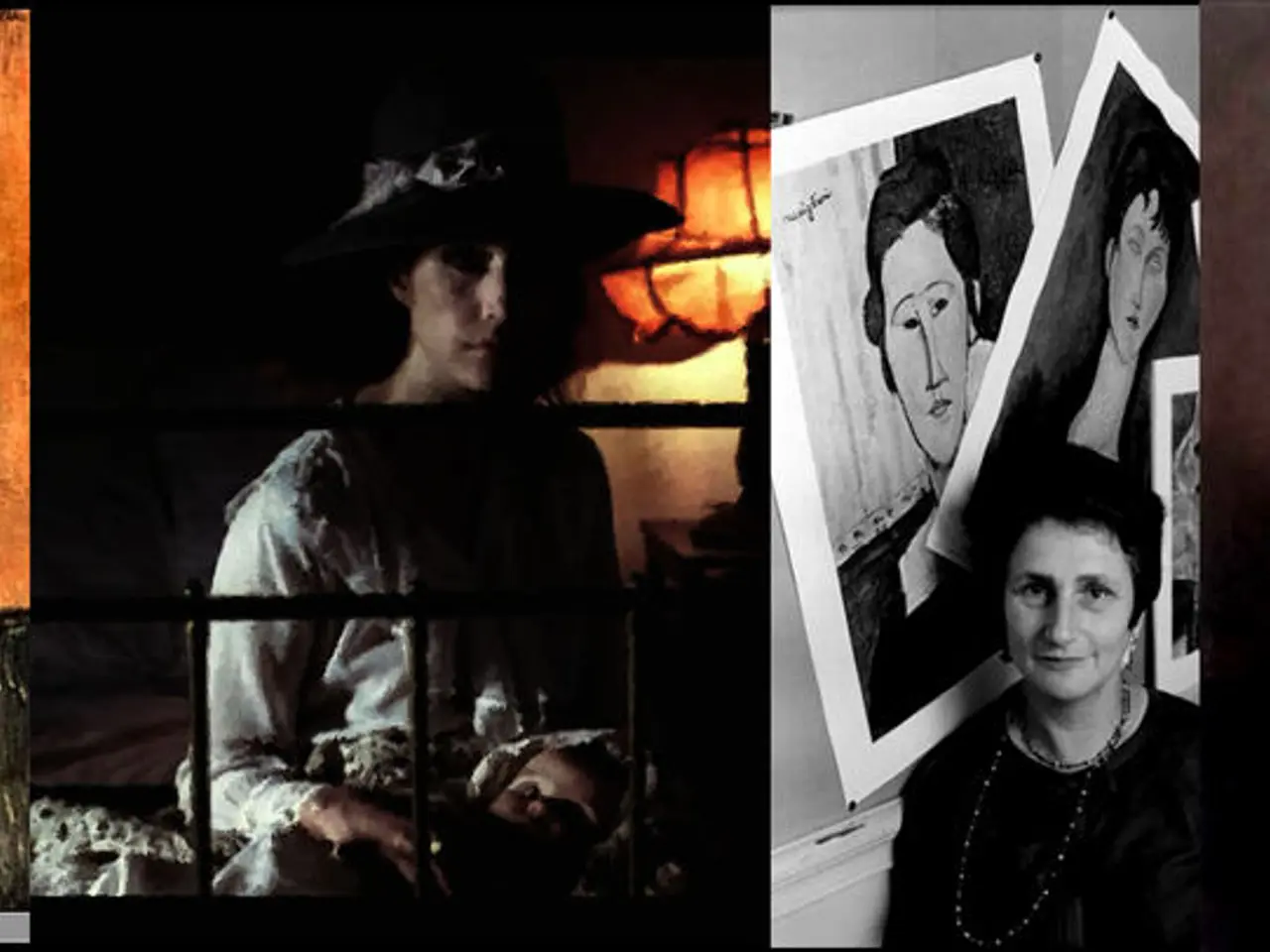Identifying Altered Political Images: Guidelines for Spotting Deepfakes and Manipulated Pictures
In the digital age, deepfakes and morphed images have become a significant concern in political discourse, capable of spreading misinformation and disrupting elections. Here's a comprehensive guide on how to identify deepfake political images, focusing on visual signs and technological tools.
### Visual Signs to Spot Deepfake Political Images
The human eye can often detect subtle inconsistencies in deepfake images. Look for unnatural facial movements, such as odd blinking patterns, unnatural or inconsistent eye movements, and facial expressions that don't match the context. Deepfakes may also have mismatched lighting or shadows that do not align realistically on the face or background. Subtle irregularities like overly smooth or patchy skin, or mismatched skin tones around facial features, can also be indicative of a deepfake. Awkward or asynchronous lip-syncing, where mouth movements may not align perfectly with speech, is another telltale sign. Mismatched reflections and background details, such as reflections in eyes or glasses not corresponding to the environment shown, can also be a red flag.
### Technological Tools and Methods
Advanced AI-driven detection tools, like Sensity AI, scan images and videos using deep learning neural networks that analyze pixels, file metadata, and voice patterns to identify manipulations such as face swaps and face morphing. Pixel-level forensic analysis detects subtle pixel inconsistencies and unnatural blending indicative of alteration. Metadata examination looks for suspicious time stamps, file structure inconsistencies, or origins that don't align with credible sources. Audio forensics analyzes intonation, pacing, and background noise for signs of synthetic creation or manipulation. Multi-factor authentication and biometric verification reduce reliance on visual cues alone and mitigate risks from deepfake-based impersonations.
### Best Practices
To ensure the authenticity of political images, it's essential to cross-reference sources, verify suspicious images or videos across multiple trusted platforms before accepting them as authentic. Combining visual inspection with AI forensic tools increases detection accuracy, especially for sophisticated deepfakes. Leveraging context and trusted verification, such as considering the content’s origin, the uploader’s credibility, and potential downstream risks in political communication, is also crucial.
In conclusion, combining careful visual scrutiny with advanced AI forensic tools and contextual verification offers the most reliable approach to identifying deepfake political images effectively. Prioritizing truth and accuracy is essential in political discourse, and ethical considerations surrounding the use of morphed and deepfake images include the need for responsible reporting and sharing of information, and the need to promote a safer, more informed political discourse. Some regions regulate malicious deepfake use, especially during election periods and for nonconsensual content. Human intuition can be reliable in spotting fakes; when something feels off or "looks wrong," it often indicates manipulation and warrants further checking.
- In the digital age, the concern over disinformation, especially deepfake political images, has grown significantly, capable of disrupting elections and political discourse.
- To identify deepfake political images, learning to spot subtle visual signs is crucial, such as unnatural facial movements, mismatched lighting, and awkward lip-syncing.
- In addition to visual cues, consulting advanced AI-driven tools like Sensity AI can help in scanning images and videos for manipulations such as face swaps and face morphing.
- To further enhance detection accuracy, skills training in data-and-cloud-computing and cybersecurity are beneficial, allowing for pixel-level forensic analysis and metadata examination.
- In the realm of personal-growth, career-development, and education-and-self-development, understanding the impact of deepfakes and learning how to identify them can foster a more informed citizenry and workforce.
- The consequences of disinformation extend beyond politics and general-news, impacting crime-and-justice, and can even be used for malicious purposes in areas like learning and skills-training.
- To promote a safer and more informed society, it's essential to prioritize ethical considerations in the use of disinformation techniques, such as responsible reporting and sharing of information, and the need to foster a culture that values truth and transparency.




